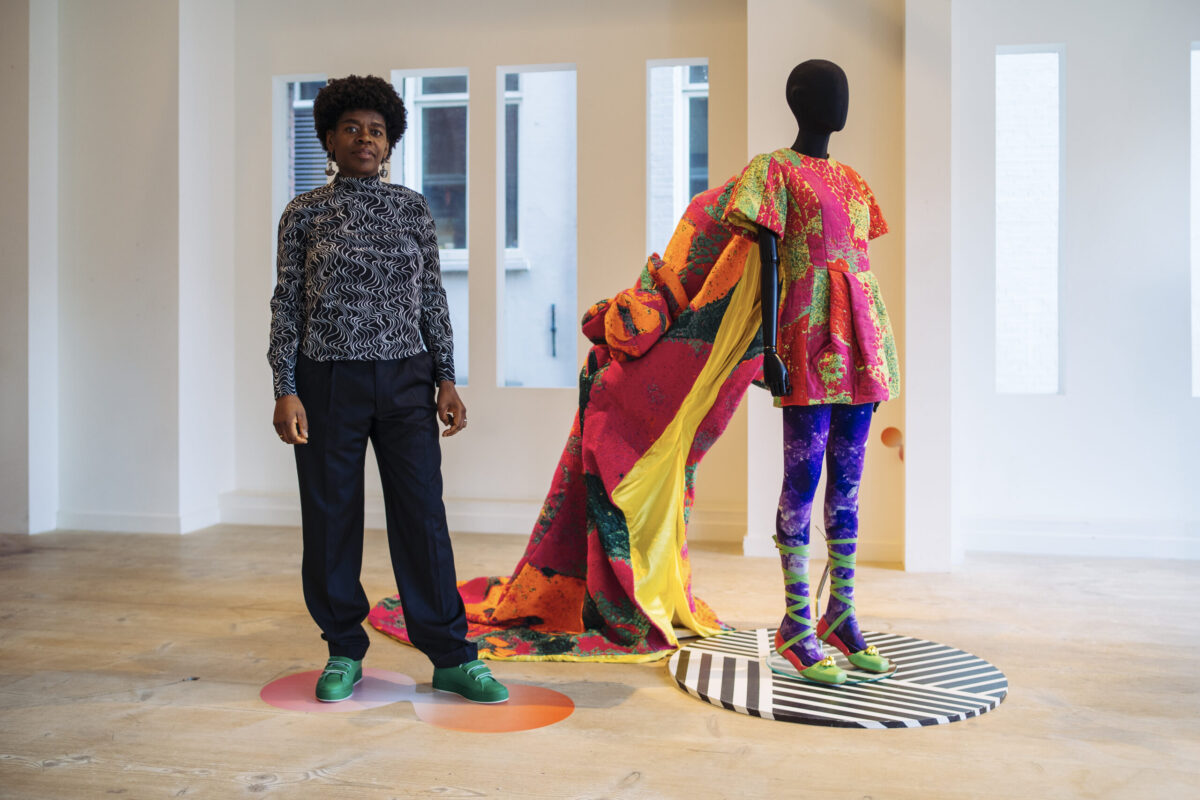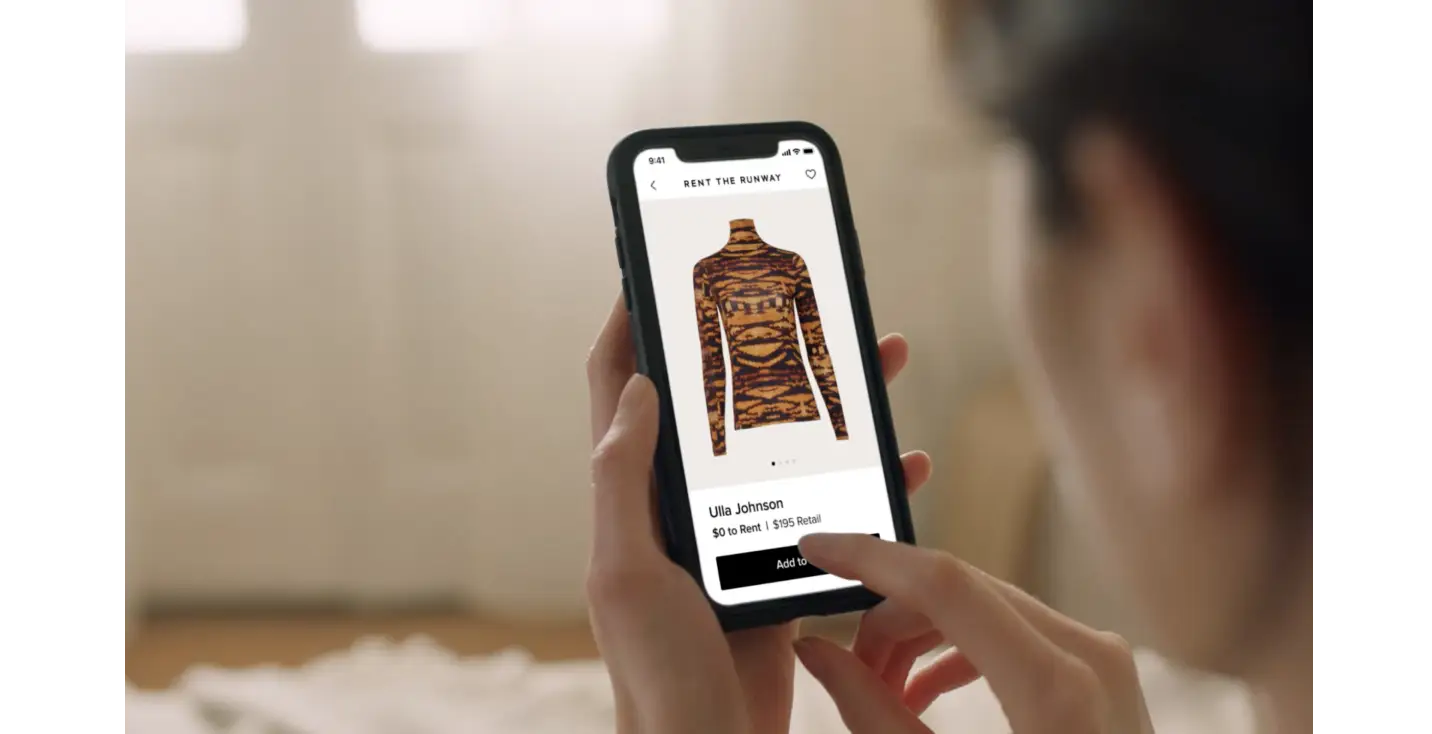How can circular fashion help the industry reduce, reuse, and recycle better? And how can you engage in it?
| All products featured on The Wellness Feed are independently selected by our editors for their environmental and ethical impact. However, when you buy something through our retail links, we may earn an affiliate commission. |
As our planet faces climate change, new terms- eco-friendly, fair trade, and slow fashion – have popped into the fashion lexicon. One new term is ‘circular fashion.’ While the term ‘fair trade’ has been around since the 1940s, ‘circular fashion’ is new and first used in 2014. So, let’s examine this term, its impact, and how being circular can help us live a more sustainable lifestyle.

The Problem With Conventional Fashion Design
The classic clothing design model is linear where clothing is designed, produced, worn, and disposed of after a few wears for the next cycle of clothing and trends. This is often referred to as the ‘take-make-waste’ model because little thought is given to the resources taken or the end-of-life of the clothing to avoid waste. With resources being depleted and trash piling by millions of tons, this cycle is having a dangerous impact on our environment.
If you’re a fashion brand in 2020, you should be moving towards sustainability. There is absolutely no excuse to not be a sustainable brand.
Kiran Jade, Co-founder of Wolven
In the U.S. alone we produce 17 million tons of textile waste yearly. The Environmental Protection Agency compares this to 29 billion tons of jeans being tossed into landfills. Even more worrying is that according to some researchers, this number is rapidly increasing as we are producing, consuming, and wasting more each year. This cycle of excursiveness is part of the reason that the fashion industry is credited as a big contributor to environmental pollution and global warming. According to the United Nations Environment Program, the fashion industry’s yearly environmental cost can be highlighted in a few key areas:
- The fashion industry uses 93 billion cubic meters of water yearly.
- Around 20% of the world’s waste water can be traced to fabric treatment.
- Around 90% of fibers used for clothing is incarcerated or put into landfills.
- The fashion industry is responsible for 10% of carbon emissions.
Less than 1% of clothing is recycled into new garments.
Ellen MacArthur Foundation

How The Circular Fashion Model Reduces Waste
In contrast to the classic fashion design model, circular fashion pays close attention to the use of finite resources and the end-of-life of the garment. This translates to new materials and fibers used sparingly and brands focusing on deadstock or recycled materials. Other brands turn to companies that recycle plastic trash from the ocean and turn it into high-performance fabrics to craft their athleisure wear or swim separates. Both offer solutions to minimize the extraction of new fibers and materials and instead use what we already have. Yet, turning what might otherwise be considered ‘trash’ into something new is only one part of circular fashion’s answer to reducing waste.
It takes on average 10,000 litres of water to cultivate just one kilogram of raw cotton. ~ World Bank
The next part of the circular fashion model focuses on reducing waste during production. According to the Global Fashion Agenda and The Boston Consulting Group, the fashion industry uses enough water for 110 million people. Part of this use and waste of resources happens during the fabric dyeing and treatment process. Brands like Levis have tackled this waste issue by limiting the number of washes of their jeans during production and recycling water used to save 3 billion liters of water since their water-less production model launched in 2011.
Ditch The Landfill. This Brand Will Recycle Old Clothes For You.
Click to read more…
The last stage of circular fashion focuses on designing for a product’s end of life. How can we prevent items from being tossed into landfills? Some brands answer this by falling into the ‘slow fashion’ category where clothing is designed to last longer. Other brands put the offer ‘take-back’ programs where they will take back worn clothing and recycle it for customers.

How To Shop Circularly?
You may have noticed a rise in vintage and thrifted fashion lately. That’s good news because shopping vintage is one way to reduce textile waste, reuse what we already have and recycle items to be worn repeatedly while still looking stylish and satisfying your fashion fix.
There has also been a rise in clothes and accessories rental websites and apps. These companies allow you to rent clothing or rent pieces from your closet for someone else to wear. This is another part in the circular fashion model that prevents landfill waste.
Click to read more…
If thrifting or renting isn’t your style, you can always support circular designers. These brands focus on deadstock, regenerative, recycled, or biodegradable materials. And they design and produce in a way that prevents the eventual waste of our earth’s finite resources. At the end of the day, we all need to be aware of how we’re treating our planet’s resources. That’s what circular fashion is all about.





